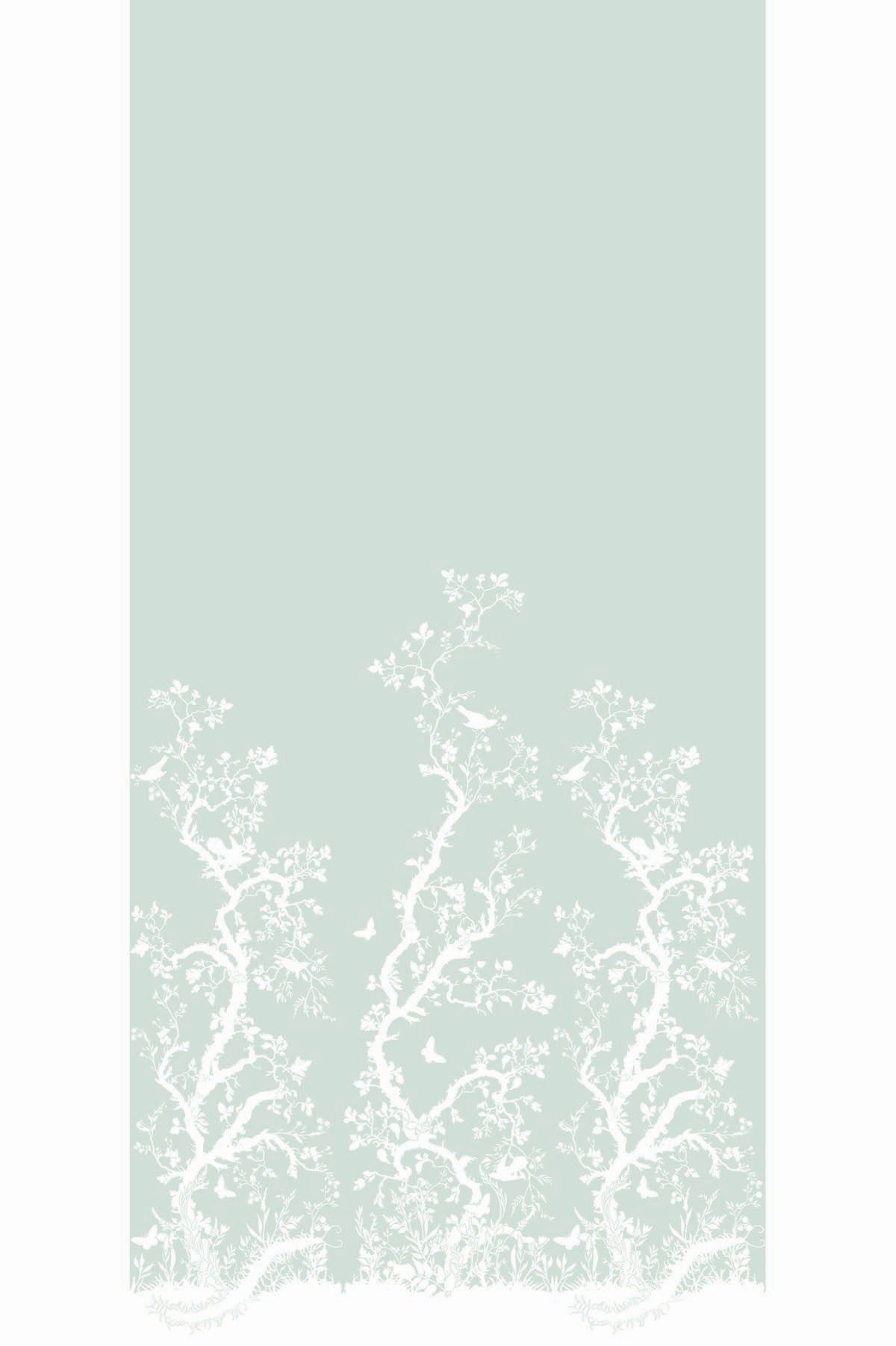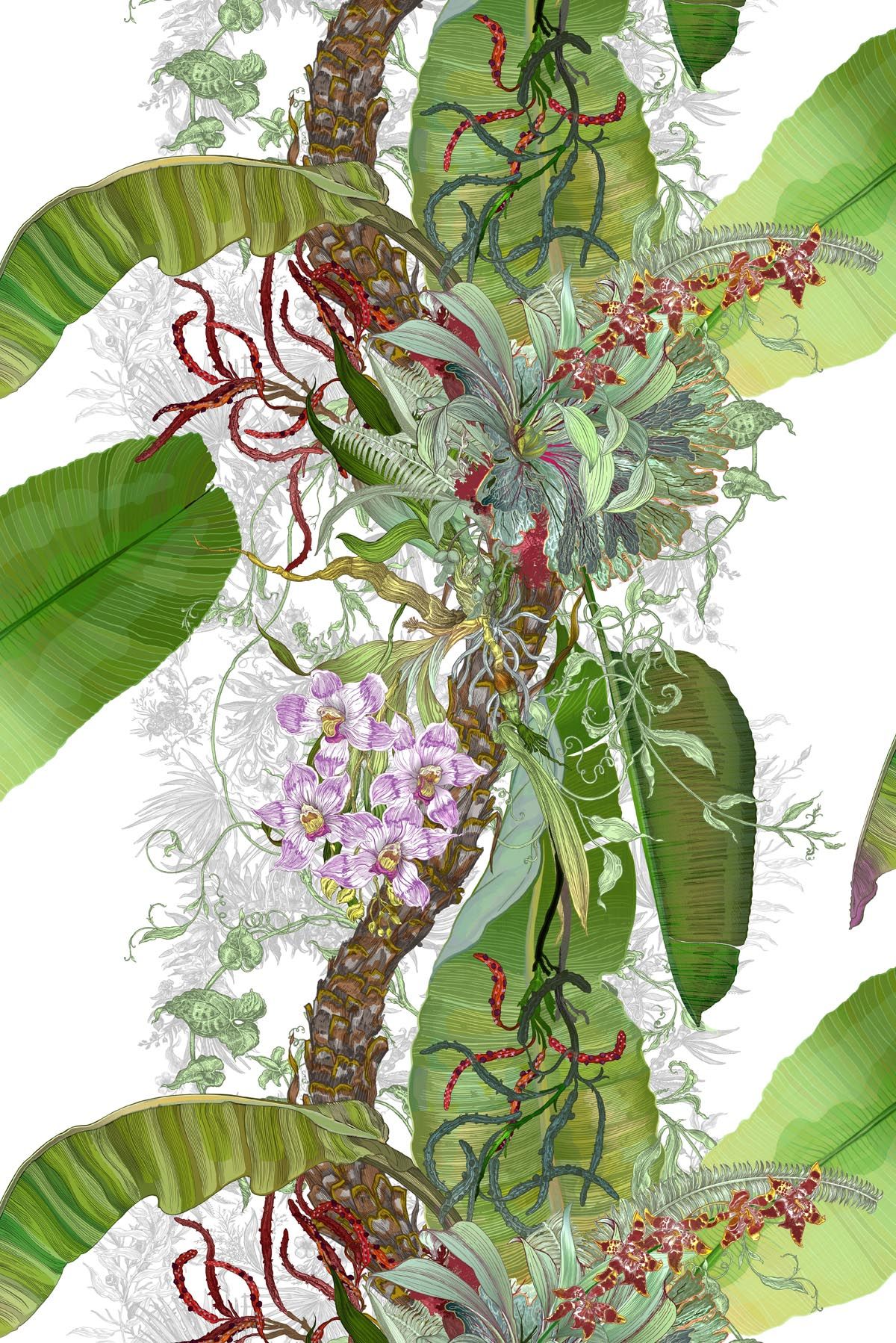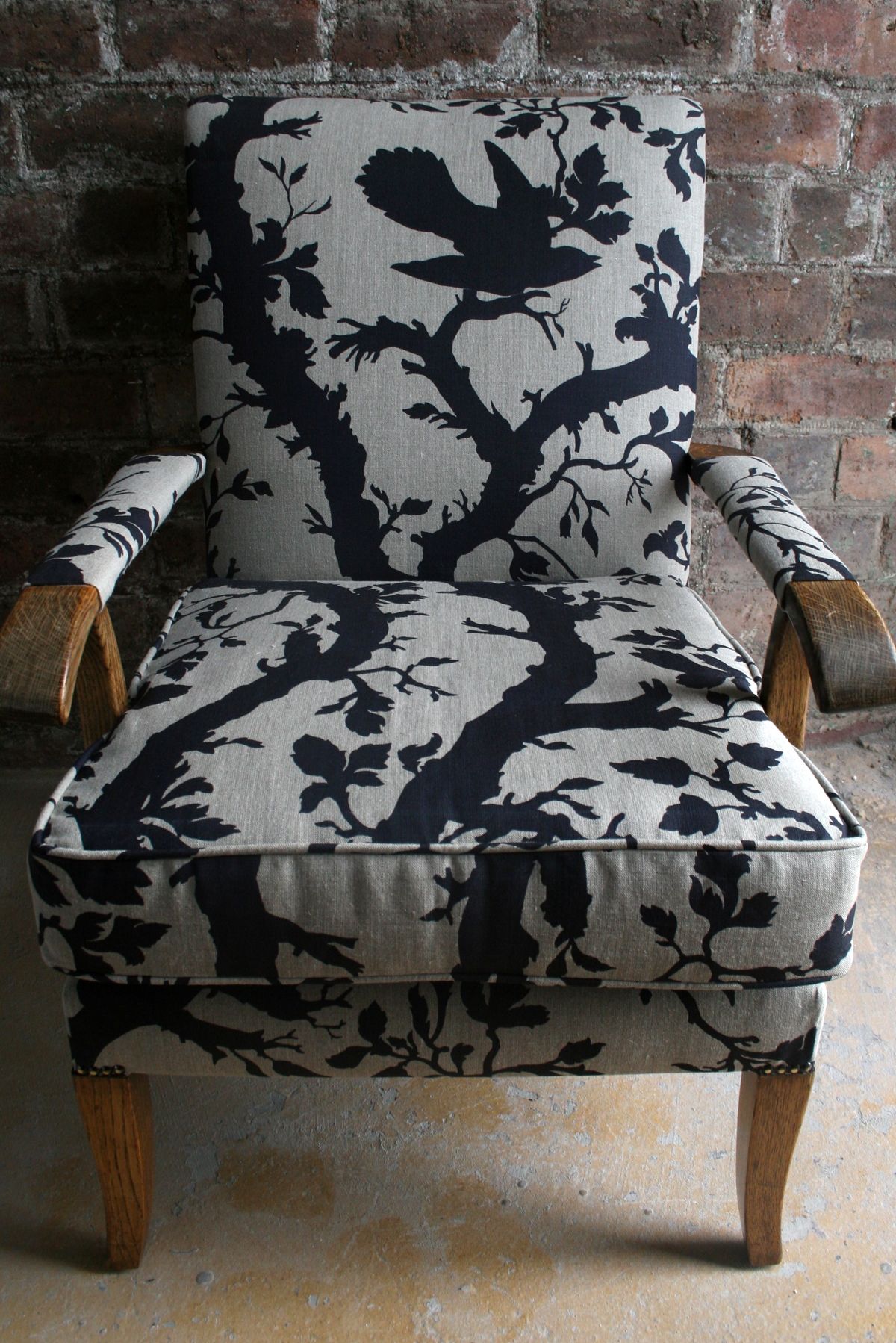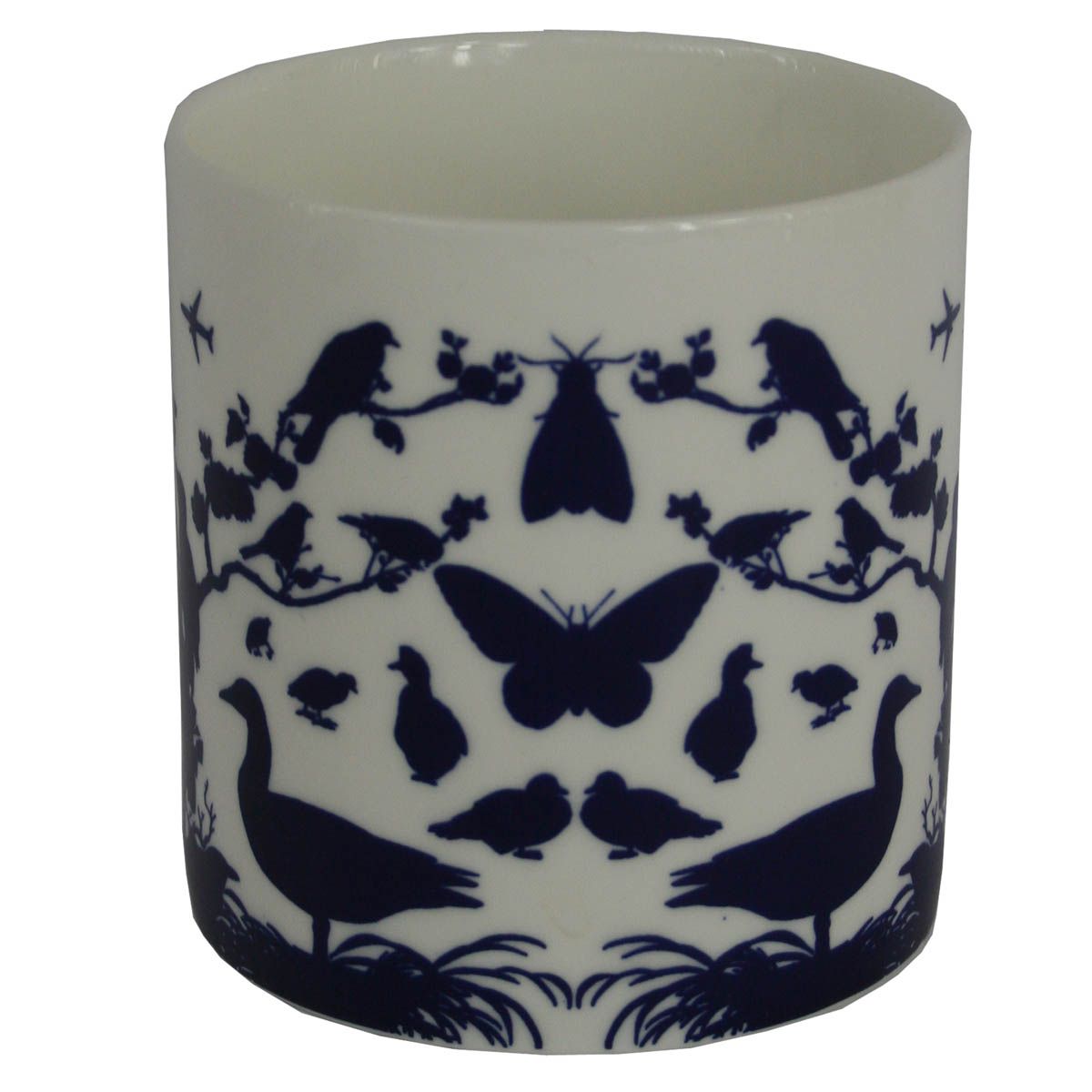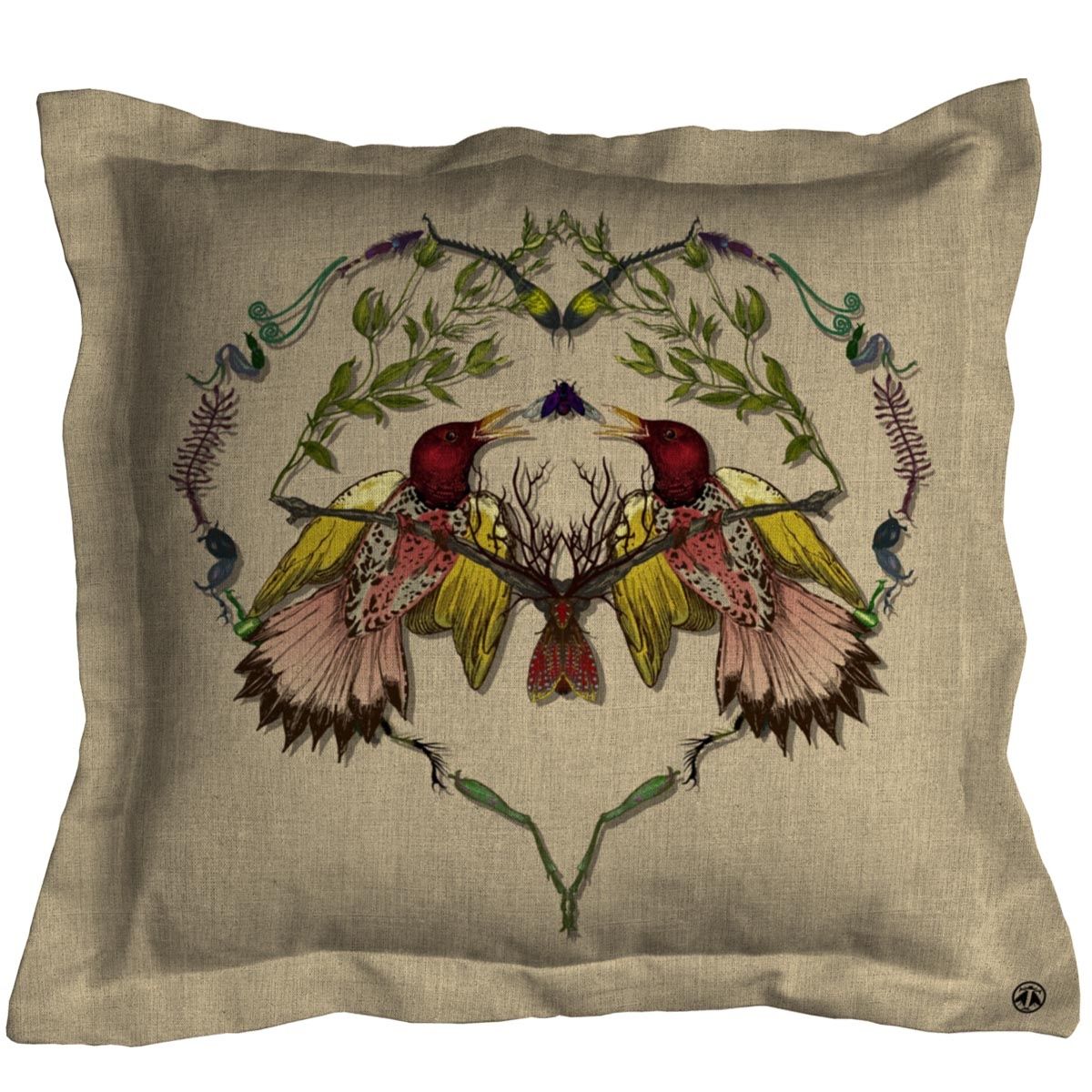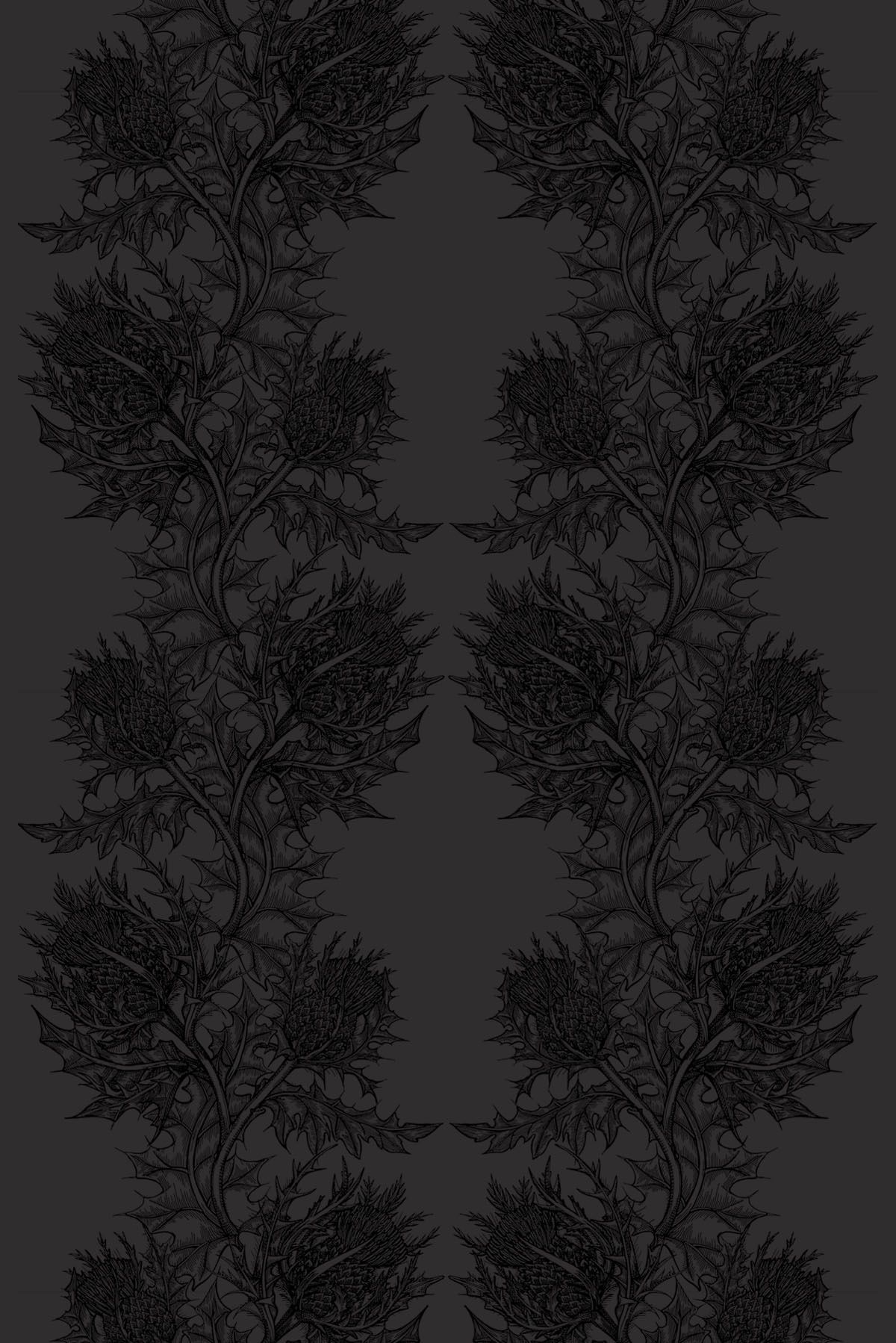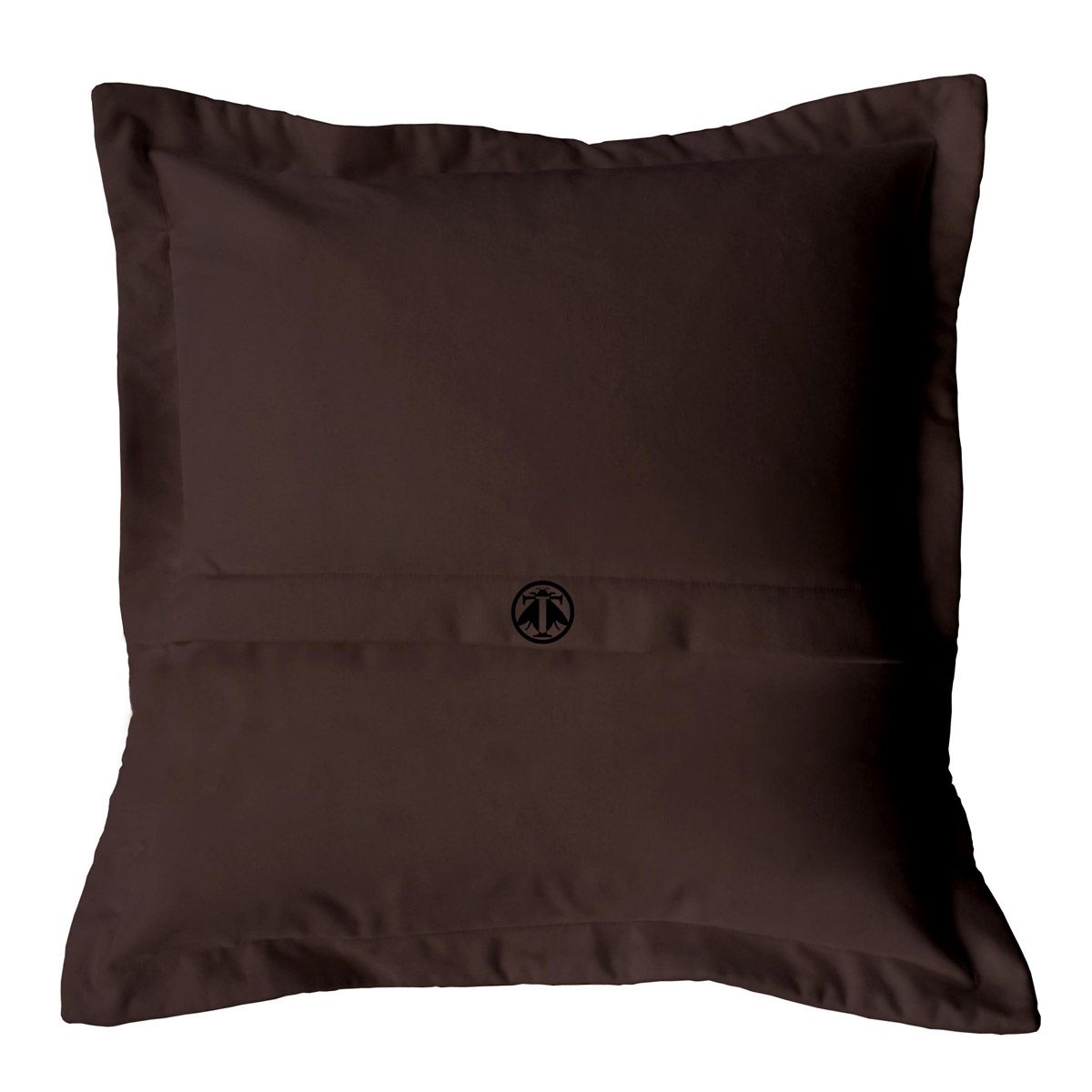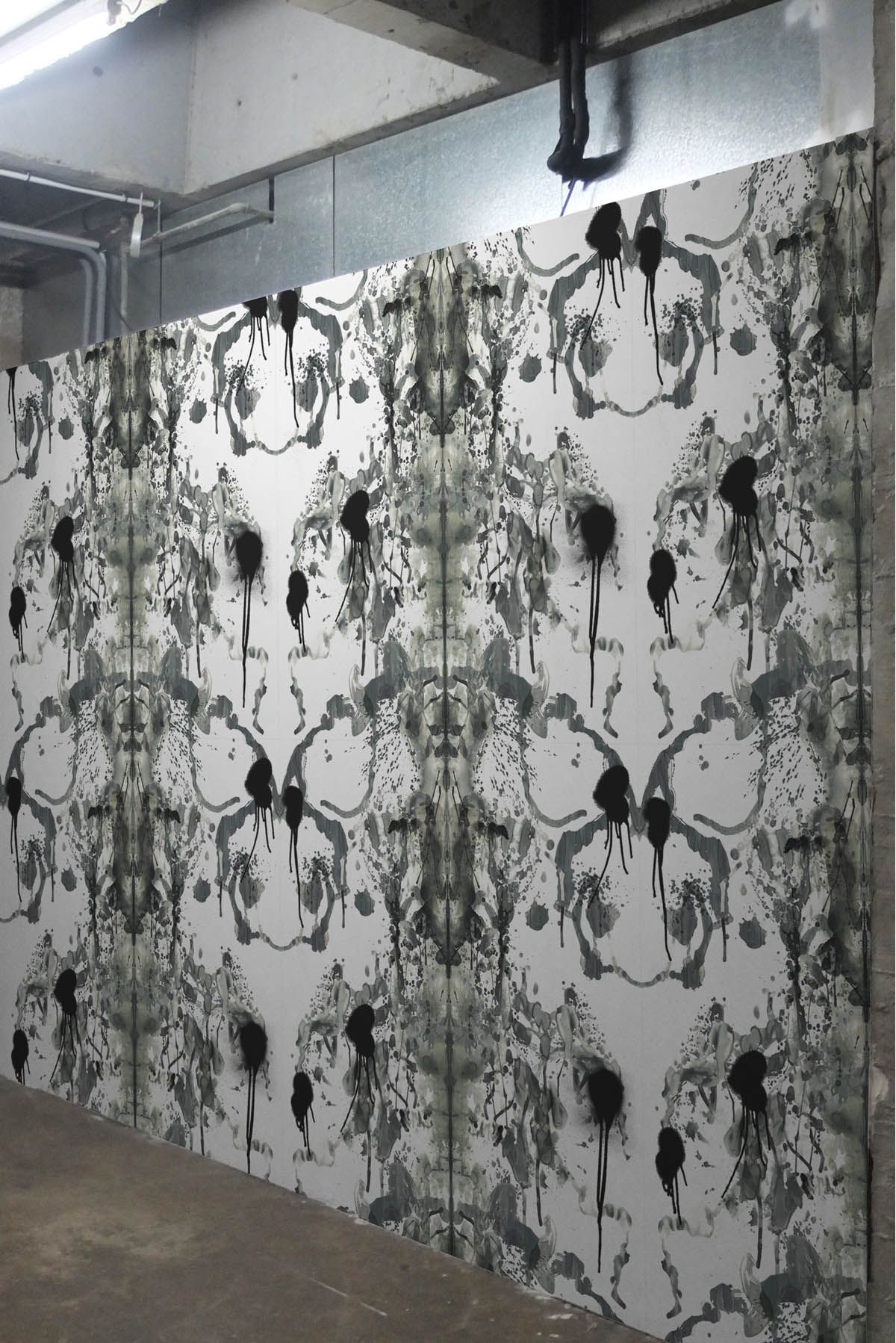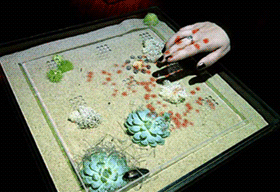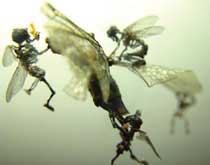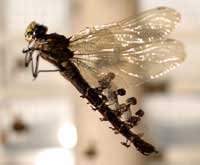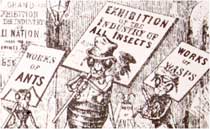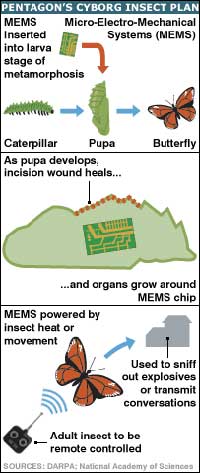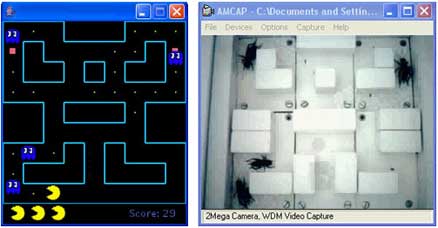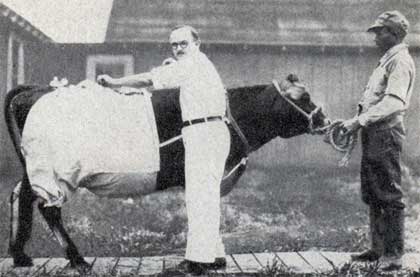http://palaisdetokyo.com/M/slide_blazy/index.html
.we-make-money-not-art.com/
Michel Blazy
It all started when i almost fell on my knees in front of an installation by Michel Blazy. The first time i saw his work was at the Palais de Tokyo in Paris. The installation Post Patman stank, rot, crumbled and formed mushrooms, attracted insects and birds but i love it.
The work on show at Artissima, Le tombeau du poulet aux quatre cuisses (The grave of the four-legged chicken), is a skeleton laying on a bed of earth and surrounded by mushroom. The skeleton looks indeed like the one of a chicken, a giant chicken and as it is made of dog biscuits (made themselves from animal products) will be slowly desintegrating over time.
The PAV was also exhibiting one of Jun Takita's sculpture Jusqu'aux recoins du monde, the sculpture of a brain recovered with bioluminescent algae. For years, the Paris-based artist has been interested in bioluminescence.


Jusqu'aux recoins du monde
According to traditional classification, photosynthesizing organisms
belong to the plant kingdom. Plants transform light into energy but are not capable of bioluminescence --that is, they cannot emit light. Excepting a few species like the dinoflagellates, which belong to both the plant and animal kingdoms, bioluminescence is found in only a few animal species. Biological evolution has not
given rise to an organism that can both consume light as energy and use that energy to create its own light. However, over the last few years, geneticmanipulation has made it possible to create bioluminescent plants. These plants/nonplants artificial organisms transgress the laws of nature.

Light only Light, by Jun Takita. Image Yusuke Komiyama
It is easy to perceive a figure in the landscape within 10° of one's line of sight (the size of the visual field of a fist held out at arm's length). For example, constellations are based on the principle that one reads stars at a distance of up to about 11° from one another as part of a group. Even when we look at the sky, the human hand is the unit of reference for measuring an image. If an object exceeds this 10° visual field, we have to move our eyes in order to perceive it in its entirety. Vision is then constructed by the accretion of several images memorized by the brain. In 1998, the artist started to work on a garden project based on this phenomenon.

On the left, portrait of Jun Takita
The elevated garden is to be situated on top of a building in Tokyo. As Tokyo is a very polluted city, it is not unusual to see gardens being grown on the top buildings by inhabitants in order to cool down a bit the temperature of the city.
The central element of Takita's own garden is a mineral sculpture composed of three walls forming a cave and a bush pruned into a hemisphere. The inside of the cave is to be covered with a bioluminescent moss produced with genetic engineering technology. The moss will emit light via photosynthesis. The visitor is led to a viewpoint along the axis of the sculpture, where the bush is framed by the cave. The distance from this point to the bush will permit the eye to perceive the whole installation at once.
The visitor is invited to discover a visual experience made possible through genetic engineering. During the day, the light of the sun is much stronger than the one emitted through bioluminescence, therefore the form of the bush will be lit by the sun, and its shape will serve to distinguish it from a dark background. After sunset the opposite happens: the bioluminescent background will be broken up by the silhouette of the bush, forming a negative figure (via Takita'spaper and the notes i took during the artist's presentation during the round table, titled Places and creative processes of the living arts, and organized by theParco d'Arte Vivente at artissima).
One of Jun Takita's works will be part of sk-interfaces which opens at FACT(Foundation for Art and Creative Technology) in Liverpool on 01 February until 30 March 2008.
Last week i went to the temporary headquarters of the PAV to check out their exhibition Living Materials. It closed yesterday but will be traveling to Austria. I do not have the details about that second show yet. But when i do, i'll let you know because Living Materials is a very charming exhibition.
Every work presented involves the public in a timed process cadenced by the cyclic rhythm of biological and ecological phenomena. Life and death are simultaneously present and aesthetically represented in the continuum of procedural works which ask us about the man-nature relationship in the age of biotechnology.
The works on show include Le Poulet and photos of Jun Takita's work but also:
 Ennio Bertrand, The creator has a master plan (first created in 2003 under the titleLemon Sky and revamped for Living Materials).
Ennio Bertrand, The creator has a master plan (first created in 2003 under the titleLemon Sky and revamped for Living Materials).
An array of hundreds of lemons are pierced with small metal sheets, they are in fact Volta batteries supplied with citrus energy which powers tiny Leds, one every 4 lemons. Originally the lemons looked like the ones you can see on the image above but when i visited the PAV, the lemons were a yummy green as you can see on the image on the right. I actually liked that a lot, in yellow, they were too perfect, too plastic looking, but covered with decay they were more living than ever.
The artist writes: I imagined that the lemons during their "work" of withering and decomposing would give back the sun stored by the tree in his fruits during its productive phase in form of small flares.
I think it's fascinating that a fruit of nature through an electronic device can palpitate for some days. It seems the proof to me of our dependence on the environment, of our tight and deep bond to nature.
The project proposes a reflection on the energetic resources of our planet and re-explores one of the artist's theme of predilection: time. Six months of ripening, several days of life for the work and very short flashes of light, like snapshots of the passing by of time.
The last work on show is Food Island, by Andrea Caretto & Raffaella Spagna. The complex water system feeds several interconnected little islands containing various natural elements: stones, plants or animals.
A pump dipped in a water container sends water which reaches each island through transparent tubes. The water produced through various natural mechanism or which is not needed by the island is then collected and sent back to the main water container. the whole installation constitutes a kind of hypertextual narration which explains phenomena of growth and transformation of the material, from inorganic to organic and vice-versa.



















